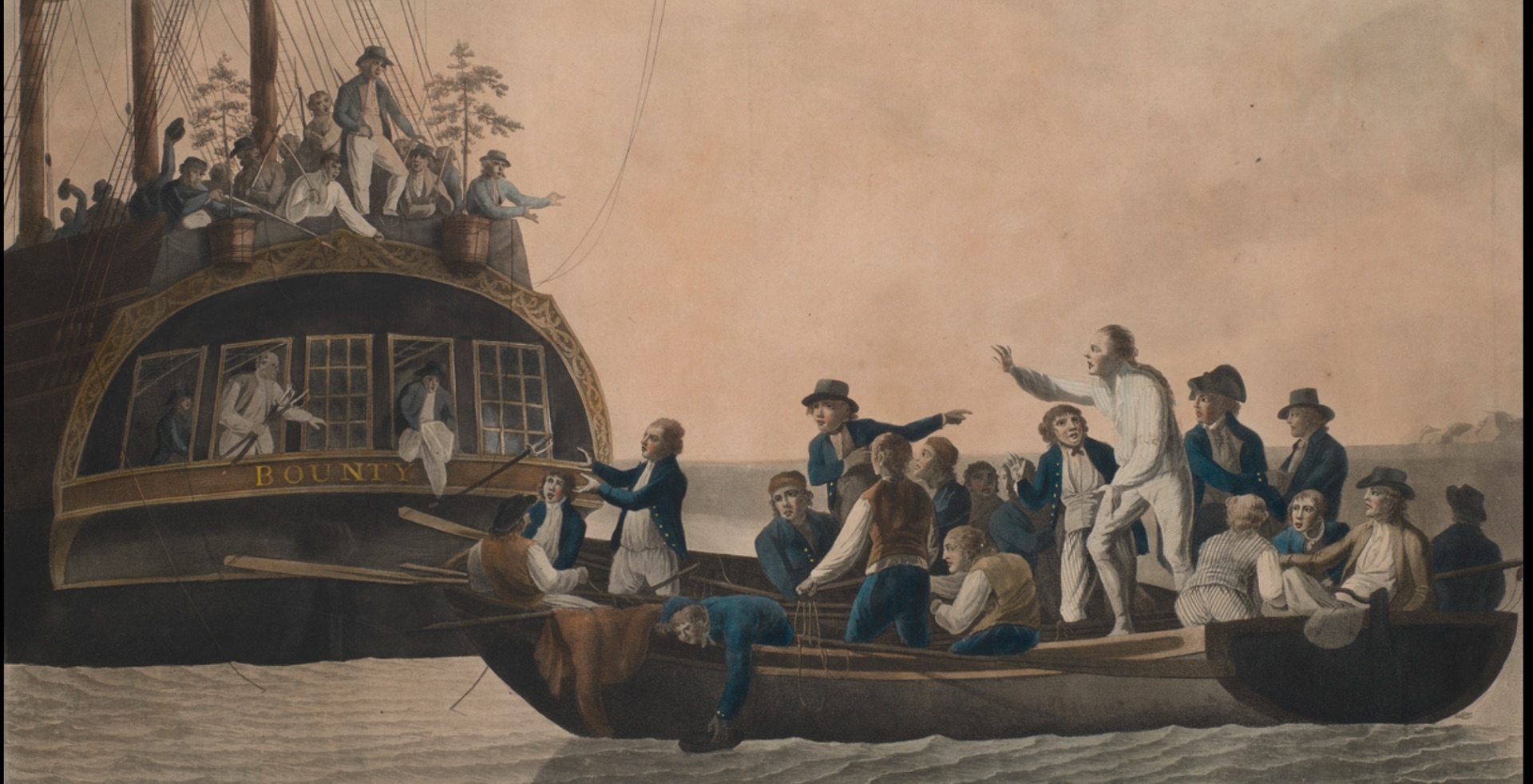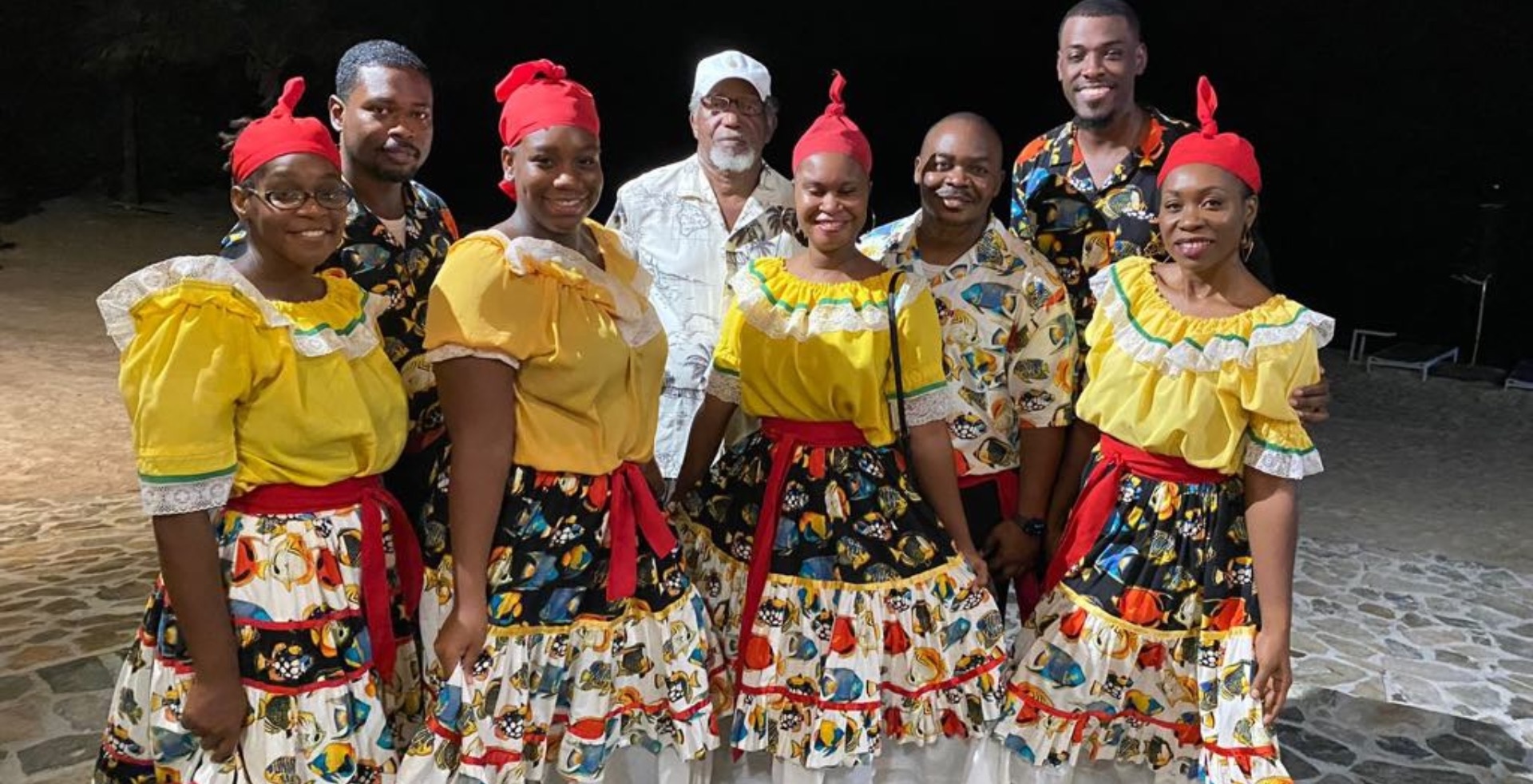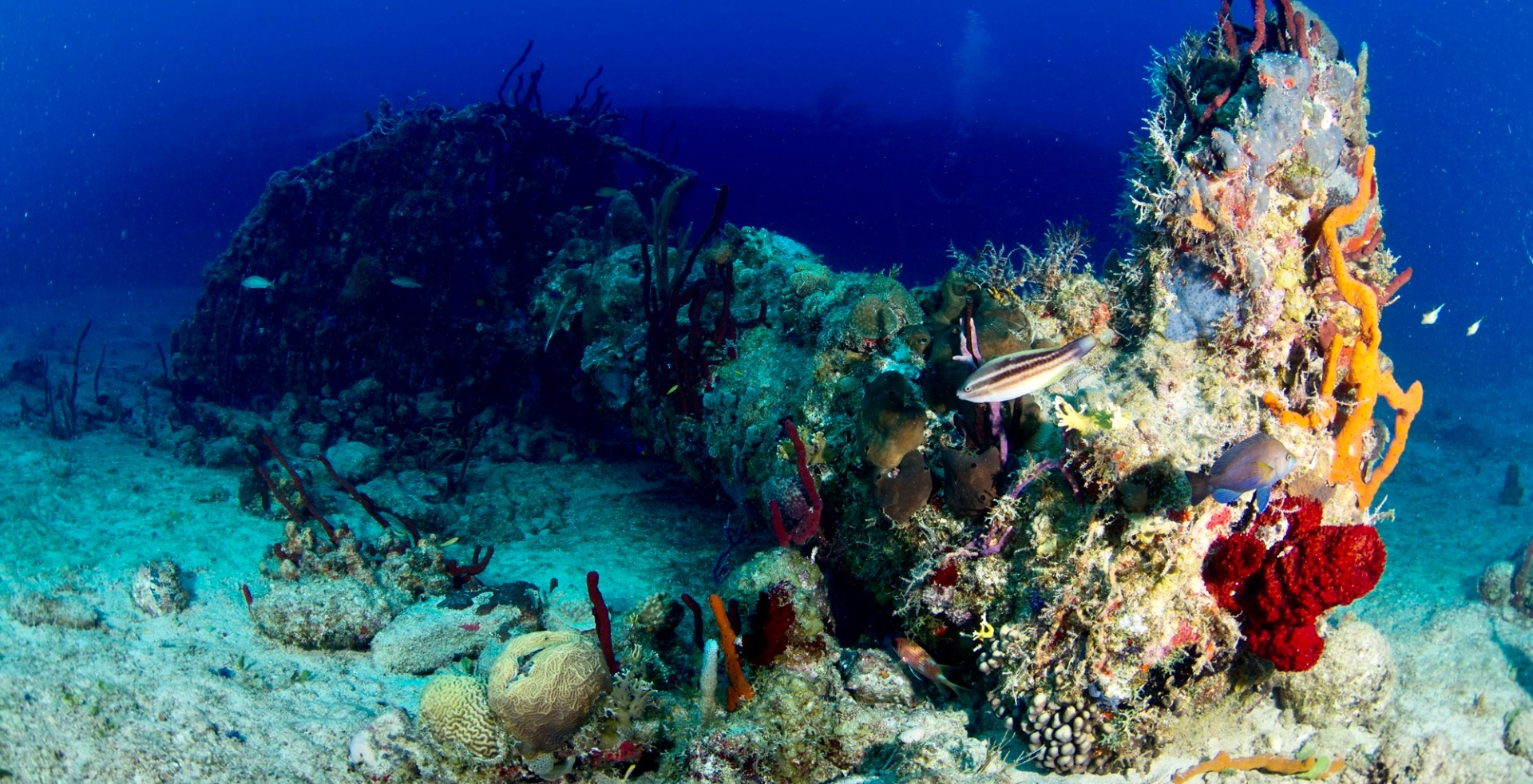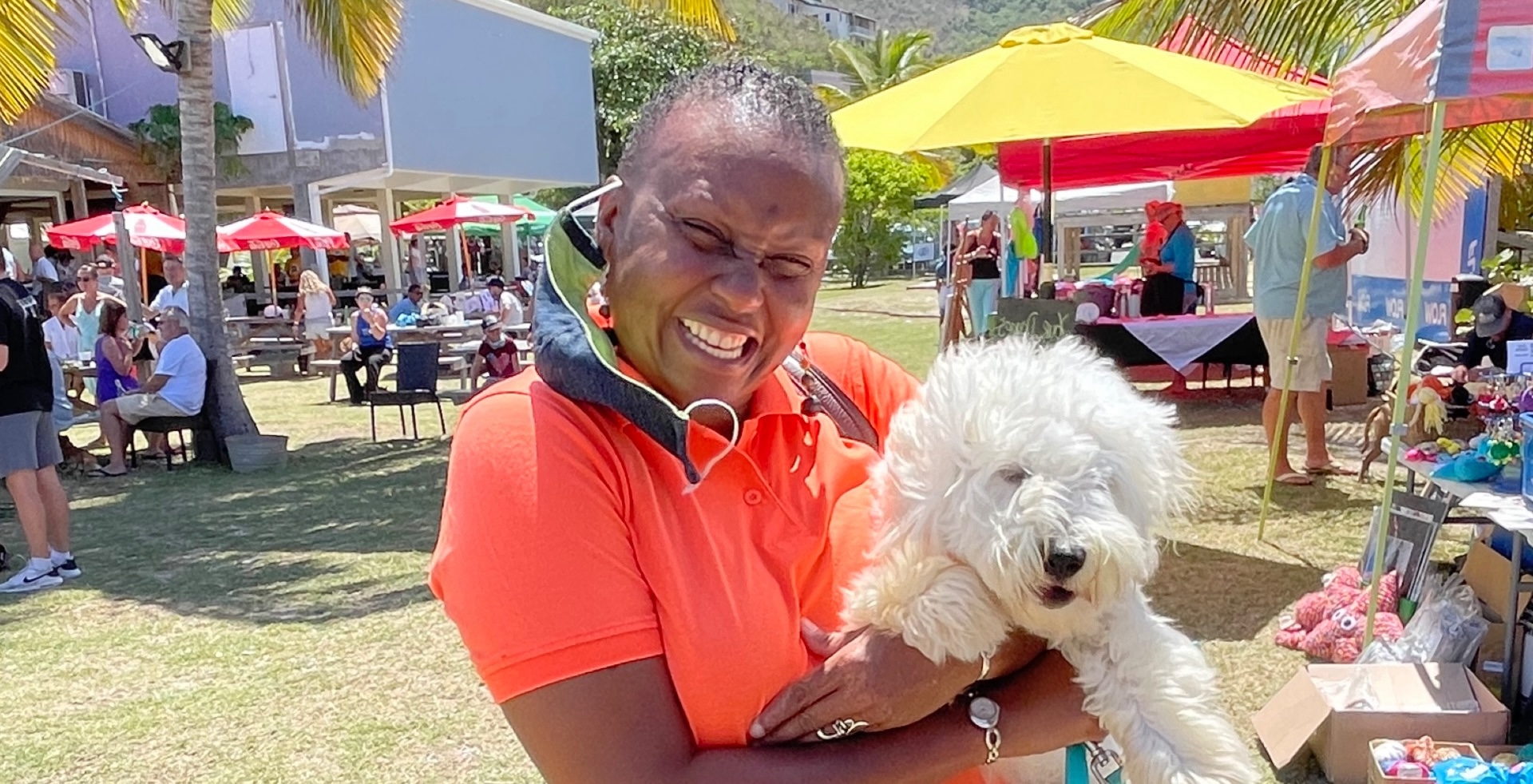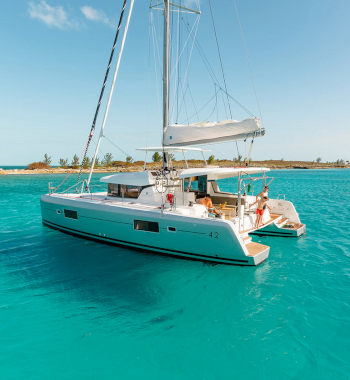Our BVI Family Adventure to Anegada
Story & photos by Clint Van Hellemont
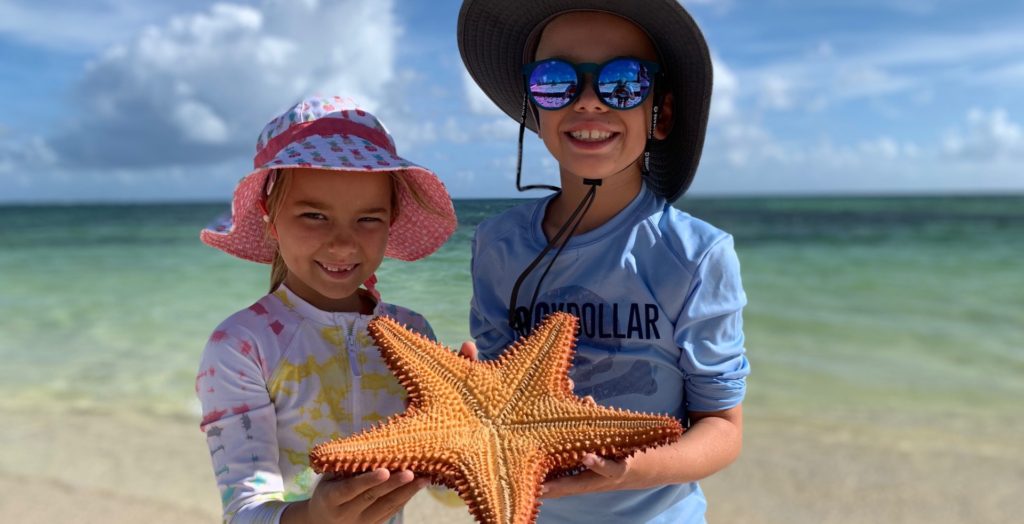
If you love exploring untouched bright blue water shorelines with sensational marine life at your fingertips— a short trip to Anegada will yield long lasting memories that might just make your whole British Virgin Islands trip.
A low-lying coral island, Anegada is located approximately 35 miles (55km) north of the BVI’s main island of Tortola. Its 18-mile barrier reef is dotted with dozens of shipwrecks and it has long been a top destination for scuba diving enthusiasts and thrill-seeking boaters. More recently, it’s become a premier destination for kite-surfers who delight in the constant breeze and miles of calm water inside the horseshoe reef. While these are the type of adventures that many seek in Anegada, I am not really a boater, a diver, nor a surfer of any kind (especially not with a huge kite strapped to me). My shortcomings aside, I strongly advocate for making the trek to Anegada, the BVI’s northern most island. For my wife and two school-aged kids, it was clear that a couple of days there were as memorable as anywhere else I can recall throughout our many visits to the BVI.
I often associate very remote islands with an overwhelming difficulty to get there. And while it’s certainly remote, getting to Anegada as a family proved straightforward. In fact, all we needed were ferry tickets out of Road Town, Tortola. Our family of four plus friends that are BVI residents all hopped on the early morning ferry to Setting Point on Anegada. At the Setting Point jetty, we were greeted by friendly staff from the Anegada Beach Club that shuttled us to our lodging for the next two nights. The road west toward the property revealed how flat and clear this sun-drenched shelf of coral is compared to the volcanic verticals of tree canopied mountains seen on the other Virgin Islands. As paved road gave way to sand path, it became evident that most of the oncoming traffic on this part of the island would be goats and cows. A sharp left past a pile of conch shells and we had arrived. We dropped our stuff, grabbed a snorkel mask, and were on the beach by 9am. Floating out into the shallow water, the kids saw huge conch shells, beautiful sting ray, and even a very tasty looking lobster.

It’s a spectacular view both below and above the water, and everywhere you look, it’s impossible not to feel like you’re at the end of the earth. I spotted a local fisherman with a rowboat that seemed stuck in a sand embankment as he dragged his boat toward the sea. I trotted over and asked him if he needed help, and the two of us successfully freed the boat and got it into the water. I asked him what he’s headed out to catch and he said, “conch and lobster, of course,” tilting his head and squinting at me as if there were no other answer that made sense. A few trips to the handful of surfside restaurants around the island made it apparent that conch and lobster are the mainstay of any menu. And both of these alluring local sea foods are so fresh and delicious anywhere you go that it feels silly to consider dining on anything else!
We decided to explore the island further by renting a couple of Moke vehicles, which is an open-air safari type car that drives well on sandy trails. This fun on four wheels was an unexpected island activity that you don’t want to miss. Our family and friends piled into our exotic transportation for the day and drove the perimeter of the whole island, pulling over wherever we saw a beach worth exploring or an enticing spot for another fix of fresh seafood. Some of the highlights of our spontaneous Moke and hike tour included the kids helping a giant sea star get back toward deeper waters, seeing a flock of flamingos, snorkeling for some live conch we offered to the nearest restaurant, and standing knee deep with a 5-foot nurse shark and slew of shark pups!
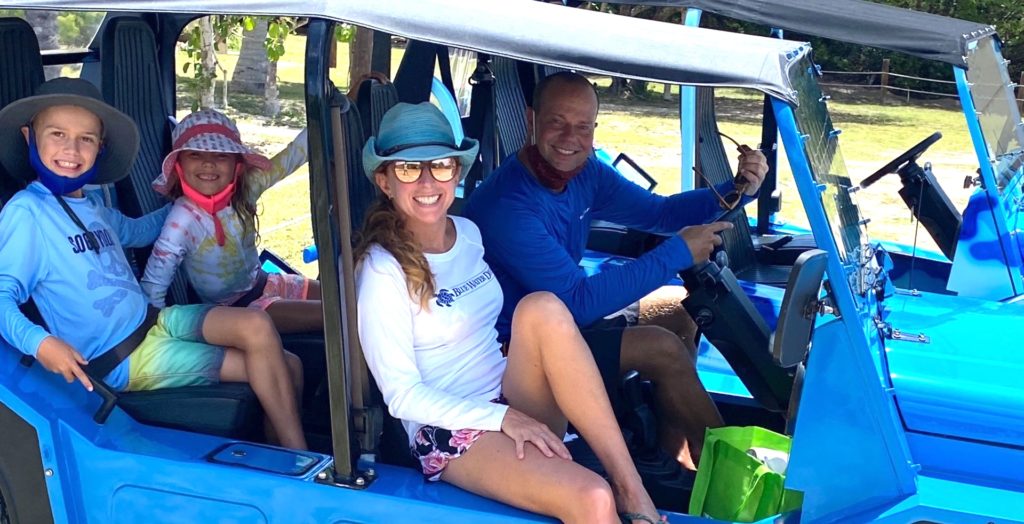
The next day we decided to park the vehicles and experience the shoreline by sea. We took a recommendation for a boat tour that included a visit to the renowned “conch island”. We met our host, Captain Sherwin, at the marina and the seven of us including our friends Leon and Kezia set out on Sherwin’s comfortable center console speed boat. As we made our way along the shoreline Sherwin shared with us some history of the island and fun facts about its chief resource, the conch. As we approached conch Island, all of us begin to exclaim with awe and excitement. One by one we began jumping overboard to get a closer look at this mass rising out of the sea. It does not disappoint. A peek beneath the surface confirmed that this structure is constructed purely out of conch shells all the way to the sea floor! As we swam among the walls of conch shells, we noticed the surf crashing in the distance where you would typically expect much deeper water. It’s part of the horseshoe barrier reef that surrounds much of Anegada, and Captain Sherwin said we’re headed there next to snorkel near the reef and harvest a conch for an afternoon snack.
In a few minutes we reached the reef and began hunting for conch. The reef boasts many colorful sea fans and intricate coral habitats flush with sea life. Eagle rays gracefully fluttered by, and we met a rather large barracuda that hovered motionless and grimaced at us the whole time. After bringing up and returning a few shells off the bottom that were too juvenile, we finally found a full-grown conch and brought it aboard the boat. We huddled around as Captain Sherwin cracked and prepared the freshest conch ceviche we’d ever had — including his own homemade ceviche sauce that was bursting with flavor. A couple of cold Caribs on the boat ride back to the dock and we were all ready for a calm evening relaxing with our friends and laughing about our Anegada adventures.
For information on excursions with Sherwin go to
https://www.facebook.com/teamworkfishing/
The BVI Insider’s page “The BVI’s Many Islands” contains additional information on Anegada.

